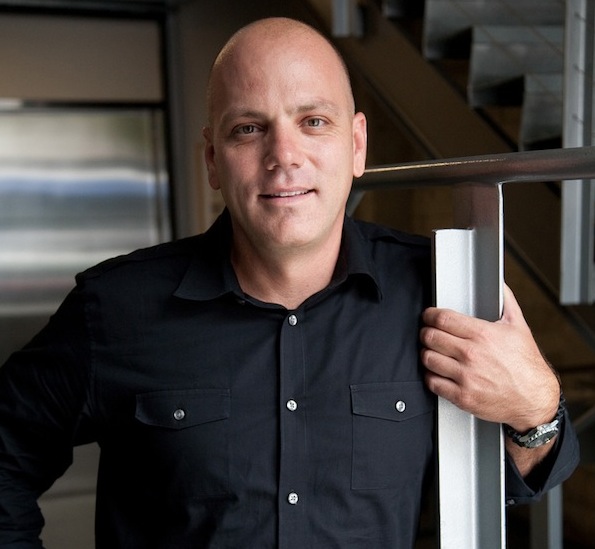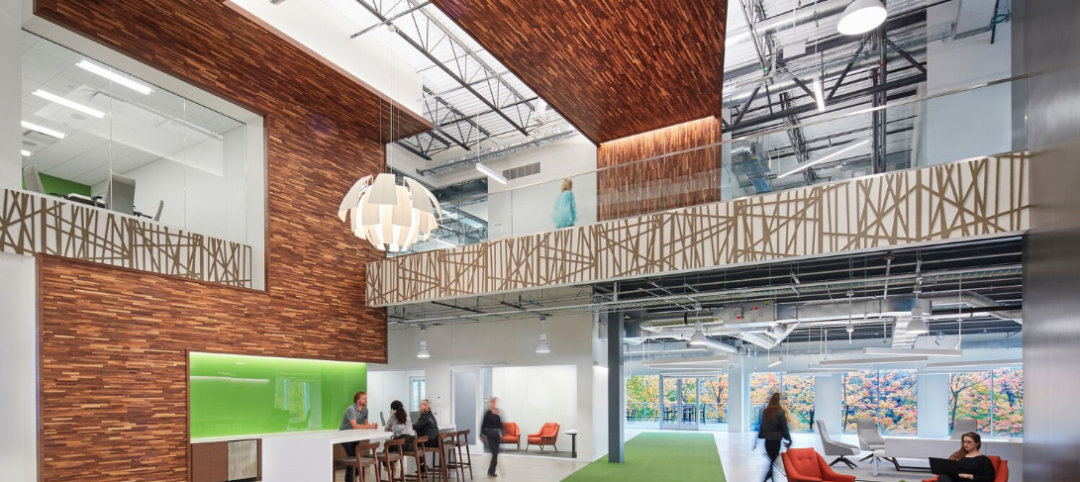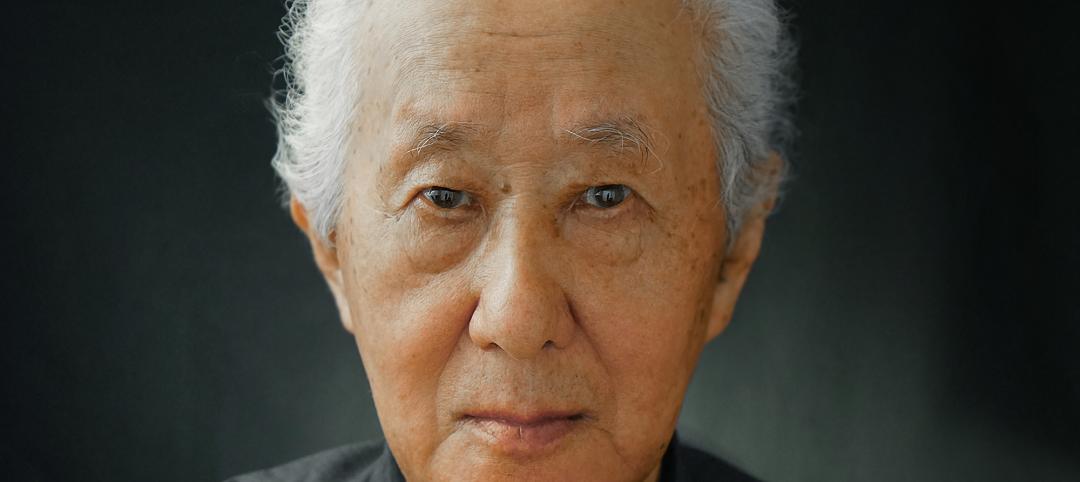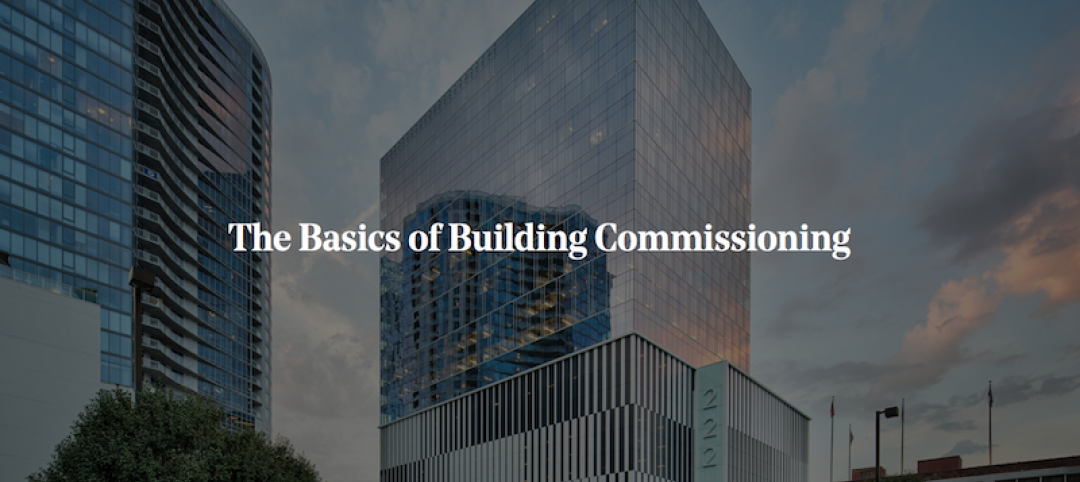Peter W. Rutti, AIA, Associate Principal and Project Director of Westlake Reed Leskosky, has been appointed Director of Design of the Phoenix, Arizona studio of the nationally recognized architects, engineers, and technology designers. The announcement recognizes the design excellence, leadership, and continued growth of the national and international practice of the integrated design firm in the western region.
According to managing principal Paul E. Westlake, Jr., FAIA, “Peter Rutti is a formidable designer and a premier resource, with a specialty in cultural arts. He brings his western roots and background in California and Phoenix to take a leading role on the national, and now international, stage. As Director of Design of the Phoenix studio, along with his contributions in the academic framework, he advances design excellence and inspires future leaders as well.”
As Director of Design of Westlake Reed Leskosky’s Phoenix studio, Peter Rutti brings his design approach focusing on fostering collaboration, listening to client needs, assessing project programs, giving design form, and delivering inspiring solutions. Over the last decade he has been asked to help lead and coordinate design teams for some of the most complex and high profile performing arts centers in the United States, understanding not only how to build cultural arts facilities, but more importantly, what makes them resonate with audiences and communities.
Architect Rutti says, “Through my experience on performing art centers in particular, I truly believe the success of architecture can only be achieved through a constant personal involvement on the project - from beginning to end. Only in that way that user needs and theatrical requirements can be synthesized into distinctive architecture.”
Mr. Rutti’s current work includes the design of the renovation and expansion of the Avalon Theater of Grand Junction, Colorado, transforming the 1923 historic Vaudeville playhouse into a vibrant multi-venue regional center for the arts as a new anchor for downtown redevelopment and social engagement. He is also designing cultural arts projects of Westlake Reed Leskosky in Beijing and Shanghai, China, and Taiwan.
Mr. Rutti has traveled widely throughout Western and Eastern Europe studying theatres, churches and civic spaces, and first apprenticed as an architect in Prague during the 1990s. He brings to all of his projects a careful understanding of how to finesse complex programs into elegantly designed and carefully detailed buildings. As a result, his work has been widely published in national design journals and nationally cited in design programs including those of the American Institute of Architects.
Mr. Rutti extends his commitment to design excellence through his involvements in the development of the architectural community. He is an Adjunct Professor at the Arizona State University School of Architecture & Landscape Architecture where he currently teaches a graduate level Comprehensive Design Studio focusing on the design of Performing Art Centers. Peter is also a visiting critic at the UCLA School of Architecture & Urban Design and School of Architecture & Landscape Architecture at the University of Arizona.
A member of the American Institute of Architects and Contemporary Forum of Phoenix Art Museum, Mr. Rutti received his Master of Architecture from the University of California Los Angeles, 2001 and his Bachelor of Architecture from the University of Arizona, 1995, and completed a Semester Audit/Study of Urban Architecture at Southern California Institute of Architecture, in 1993.
About Westlake Reed Leskosky
Widely published and recognized for design excellence, Westlake Reed Leskosky (www.WRLdesign.com) has been cited with over 300 design awards in the past ten years. Celebrating its 109th year of continuous operation in the United States, and founded by Abram Garfield, son of President James A. Garfield, the firm has offices in Phoenix, Cleveland, Washington DC, New York, and Los Angeles, CA.
Westlake Reed Leskosky bases success and growth on integrated and comprehensive building design services with building specialization in cultural, civic, healthcare, work place environments, and educational facilities. This expertise is delivered using Building Information Modeling with highly integrated specialized capabilities including LEED/sustainable design, interior design, structural, mechanical, electrical and plumbing engineering, data transport/IT and technology design, security design, theatre technical services, audio-visual and lighting services, assistance in historic and new markets tax credits, and cultural arts planning.
Westlake Reed Leskosky is listed among the country’s top design firms, including ranking in AIA’s Architect magazine’s 2012 Top 50 as #6 Overall based on business, sustainability, and design excellence/pro bono and #1 in Sustainability, and among the 2012 “Top 100 Green Design Firms in the U.S.” by Engineering News-Record.
Westlake Reed Leskosky is in its third decade of practice in Arizona, commencing with its commission to restore the Orpheum Theatre in Phoenix, and establishing its permanent office in the city in 1997. In the past 16 years, the studio has developed a portfolio of significant projects in the southwest that represents each of the firm’s specialties. The office is presently working on an amphitheatre in Shanghai, an amphitheatre and multi-purpose theatre in Beijing, two multi-purpose theatres in Taiwan, and an event center in Gabon, Africa.
Related Stories
Building Technology | Mar 8, 2019
What is your firm's innovation 'hit rate'?
As firms begin to adopt the practices and mindset of Silicon Valley tech and advanced manufacturing, it’s fair to ask: Are all of these innovation projects and initiatives working?
Architects | Mar 7, 2019
HED, Integrated Design Group to merge firms
ID has a strong reputation for data center design with locations in Boston in Dallas.
Architects | Mar 5, 2019
Arata Isozaki named 2019 Pritzker Architecture Prize Laureate
The Japanese architect, city planner, and theorist is known for his deep commitment to the “art of space” and transnational methodology.
Education Facilities | Feb 25, 2019
Fallingwater Institute’s summer residency programs have a new educational hub
Bohlin Cywinski Jackson designed the project.
Architects | Feb 14, 2019
Amazon will not build HQ2 in New York City
The tech giant walks away from a deal, succumbing to opposition over huge tax breaks.
Architects | Feb 12, 2019
The basics of building commissioning
As building system technology increases in complexity and sustainability remains at the forefront of design, the need for commissioning continues to rise. This is the first post in our series examining the basics, benefits and boundaries of building commissioning.
Architects | Jan 28, 2019
9 tech trends to track in 2019
Innovations in voice recognition, cognitive neuroscience, and biometrics are among the trending tech topics for 2019, according to CallisonRTKL's Kristin Tilley.
AEC Tech | Jan 9, 2019
Our robotic future: Assessing AI's impact on the AEC profession and the built environment
This is the first in a series by Lance Hosey, FAIA, on how automation is disrupting design and construction.
Architects | Dec 17, 2018
New toolkit helps architect achieve high-performance buildings
Architects can download a copy of the toolkit online.
Architects | Dec 13, 2018
Social media synergy: Revving up your AEC firm’s content engine
Design firms know that just having a website and a blog aren’t enough, but social media complicates how they communicate.

















